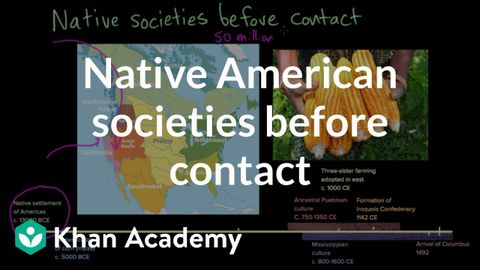美國土著社會 (Native American societies )
Amy.Lin 發佈於 2021 年 01 月 14 日  沒有此條件下的單字
沒有此條件下的單字US / dɪˈbet/
・
UK /dɪ'beɪt/
- n. (c./u.)辯論;爭論;辯論會
- v.t./i.思考;盤算;辯論
US /ˈɛvɪdəns/
・
UK /'evɪdəns/
- n. (u.)證據;證據 (法律)
- v.t.表明;證明
- n. (c./u.)當地居民;本地人;土著的,本地的
- adj.與生俱來的
US /ʌnˈprɛsɪˌdɛntɪd/
・
UK /ʌnˈpresɪdentɪd/

